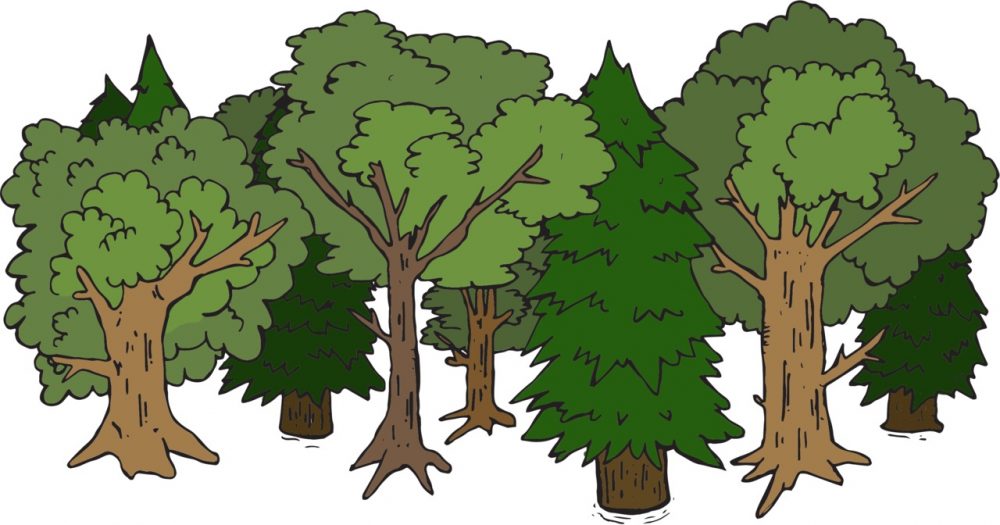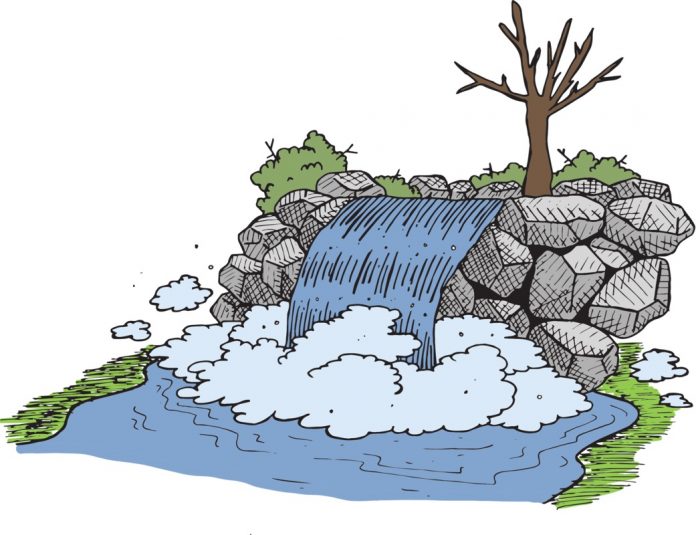It’s Sunday. We arrive at Campbell Valley Park, the south valley entrance. Adjacent to the entrance is the Lochiel Schoolhouse, a one-room wood cabin, painted yellow. A popular elementary school field trip location, it’s where third grade students learn about the scripted version of 1920s education. I remember the actress-teacher pretending to give Jared the strap for lighting a firework at recess. That was a highlight.
Near the parking lot there’s a garden house. This part of the park is groomed, it has the distinct appearance of a city park. The lawn is mowed, the shrubs are pruned, the path graded.
It’s late morning, the mist has just been coerced off the meadows, making room for our party. Casey invited me for a community event and potluck; she made both of our contributions. I carry a box of potluck essentials — tortilla chips, prepackaged salad, and a ceramic casserole dish of mac n’ cheese, its lid secured in place by two opposing elastic bands.
In the valley, the prominent north shore mountains and the southern tip of the Garibaldi range don’t exist. Nothing to the south either, there’s no horizon. Surrey, Langley, and Abbotsford, the urban sprawl that their names bring with them are all but real. In the valley, it’s impossible to see beyond the valley. There are no place-markers, no perspective — we could be anywhere.
We unpack at the old orchard picnic area. A troop of ladies hurry to set up tables, table cloths, and a cooking station. One of them expresses concern about a skunk in the area. Another scoffs, and says it’s marijuana. They cackle; a few are appalled that someone would bring drugs to a family park. They rattle away with their dishes and desserts. It’s cute.
I step back from the (dis)organizing. Then I step even further away, down Shaggy Mane trail. It’s not the season for shaggy manes, but the trail remains.
The main paths are densely populated by casual walkers and Sunday joggers. The squirrels here are brave and fat. I walk down into the valley. Fewer people travel deeper into the park, most of these paths are equestrian, and they smell like it.
Even when no one’s around, in the forest, you’re never alone. Trees lurk behind trees — spying, whispering to anyone who might stay long enough to listen.
Lower into the valley, on the edge of a fern grove, a woman stands off the trial, contemplating the cedars. Shade-tolerant bracken ferns keep the cedars’ feet company.
“Mornin’,” I say.
“Yes,” she responds. Her voice is rough, and her accent scratchy.
I stop walking. “Yes it’s morning, or yes, move along?”
She turns to face me. Is she offended?
Her face is like furrowed bark, like the lone Douglas-fir she stands next to. Her eyes, with deep swells underneath, are full and aged.
“Do you walk through here frequently?” I ask.
“I used to, when my kids were young.” Her dense black hair stretches the length of her back. It lays straight and heavy, reaching for the ground. Though stout, she’s gentle.
“Yeah, I came here more often when I was a little guy.”
She was quiet. Where her dark skin isn’t spotted with age, it glows. And when she leans into the sunlight, she absorbs it, and sends it back out. But her black eyes are defiantly solemn.
“What’s your, where’s your family originally from?” I ask, interested in origins.
“Indian, you can’t tell?”
“Indo-Canadian?” I ask. She must be a mosaic.
“Does it matter?”
I guess not, but I’m not sure what she meant. Did it matter? We pause to let a group of tourists walk by. The three kids of the group have bags of seeds they throw at the squirrels. This is why they’re fat — the squirrels, not sure about the kids.
“I come here to pray,” she says once the group passes, and stillness returns. “We lost our son last year, here I’m comforted.”
“I’m sorry, I can’t imagine that. It’s a peaceful place here, though.” Her openness surprises me. I introduce myself. She says her name is Sue. Sue’s son died last year this week, she says. I wonder how, but I keep my questions to myself.
“Our family would go for walks on weekend evenings here,” Sue continues. “Andy had the strongest connection to nature.”
“I’m close to Andy when I’m here. He’s easiest to imagine running down the trails.”
I picture a little dark boy whipping a stick around, discovering caterpillars, snails, and stinging nettle. I made the same discoveries. I’m afraid to ask how he died, but I must know. Is it impolite to ask? Better to ask than to speculate, I reason.
“Was it an accident?” Immediately I feel stupid.
“Yes, drugs,” she says, in a matter-of-fact kind of way. “I come here to breathe. I’m more fortunate than Andy’s dad. He just doesn’t come home unless he needs someone to vent at.”
He converts it into diesel, I thought. Women can take grief as grief — that’s what Helen Simpson writes in “Early One Morning.” She says that women can grieve, but men won’t; men repurpose or reprocess, or whatever they do, they make rage out of their loss and pain.
“What did he take? If you don’t mind me asking,” I say, changing the subject away from the dad.
“He was the good boy; his sisters were the troublemakers.”
As those who grieve do, Sue was slow to disclose. But unexpected connections have a way of hastening relationships. This is what I gathered: Her son, Andrew, was her youngest child, he had two older sisters. Their father worked away from home, up north or in Alberta, maybe both, he sounded like a trucker. The family moved to Langley while she was pregnant with Andy. I notice Sue seem more comfortable, so I take a risk, “How old was he?”
“Eighteen.”
At eighteen I took a job in a truck shop. Wages were comparable to street-level dealing; not all my friends had trade opportunities. If they didn’t have them, they made them. Most didn’t last long.
We paused again to let a team of horses pass.
“Howdy.”
“Hey, nice day,” I responded.
“Always is.”
Sure, I thought. Until it isn’t.
“I didn’t know he was using. It was just grass before. And I don’t stop thinking about what I could have done.”
What Sue feels isn’t unusual. A close friend of mine OD’ed on heroin five years ago, those that didn’t know about his problem before his death crumbled in guilt. Half his family ceased being a family.
“Your one thing is to protect your kids. I couldn’t, and it kind of makes me feel like a failure as a mom.”
The thing about guilt is almost everyone feels it. An article published in the Journal of Psychoactive Drugs, titled, “Death by Drug Overdose: Impact on Families,” says that when family members aren’t aware of any drug problem, after overdose, they feel helpless, guilty, and angry; they feel solely responsible. As opposed to those that do, who often subconsciously prepare for an end. Sue had nothing to prepare her.
“What was he using?”
“Ecstasy. It was tainted though, it had that fentanyl in it.” The word jerked me into sensitive awareness. Nobody saw it coming, not even Andy, I realized.
What a disgustingly far-reaching problem, I thought. In February, 108 people died from overdoses in B.C., then 120 deaths in March. By June, Vancouver Mayor Gregor Robertson called the fentanyl crisis a “bloodbath,” and as of August, there has been 706 overdose deaths.
According to the B.C. Coroners Service, non-fentanyl-related overdose deaths had been stable for several years prior to 2016; total overdose deaths hovered somewhere around 290 a year. Last year, 575 OD deaths were caused by fentanyl alone, and this year that number may double. Fentanyl can be a hundred times more potent than morphine. That makes trial-and-error dosing a pernicious game.
Street drug samples tested by Health Canada now regularly show traces of synthetic opioids. It’s in practically everything. And that’s what makes the crisis horrific, any recreational user could fall victim. Overdoses were once contained to a certain breed of user, and although a morbid thought few would admit to having, many saw it as a natural cleansing. But tonight, it could be your child.
Sue asked if I knew that the majority of overdose deaths were men. I didn’t, but it’s true. Males accounted for 82.8 per cent of these illicit drug overdose deaths, according to the coroner’s report. It also says that 56 per cent occurred in private residences.
Andy overdosed in his family’s washroom. I imagine him convulsing, knocking over scented candles and soaps with names like “a thousand wishes” or “blissful dream,” all while desperate for something real to hold onto. One moment he’s panicking in front of the mirror, like a child panics in realization of the permanence of a shattered window, the next, he lays empty on a flushed-pink bathmat.
But Andy was lucky. His family mourned the loss, others might have mourned their embarrassment. Families who lose a member to overdose often struggle to reconcile with the stigma. Whether stated or not, people wonder: was it the parent’s fault? Why didn’t he have the help he needed? We look for something or someone to blame. It makes it exceedingly difficult to find the kind of community of support that Sue needs.
“You’re a kind boy, your mom must know it,” Sue tells me, seeming to say, “you wouldn’t do such a stupid thing, would you?”
I thought about smoking pot with my friend five years ago. Not here, but it could have been. We were in another park. I knew about his mistress; we talked about life expectancy if he started shooting up, while tossing a Frisbee on a Sunday afternoon. He died two and a half months later.
A brace of ducks speak when Sue or I don’t. I can’t tell if they’re laughing or wailing. Fourty metres away, the barbecue continued. The wind pushed leaves around dejectedly. Burgers hiss away on the grill nearby.



